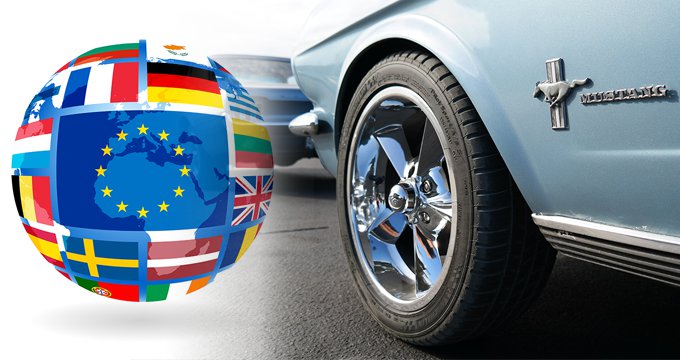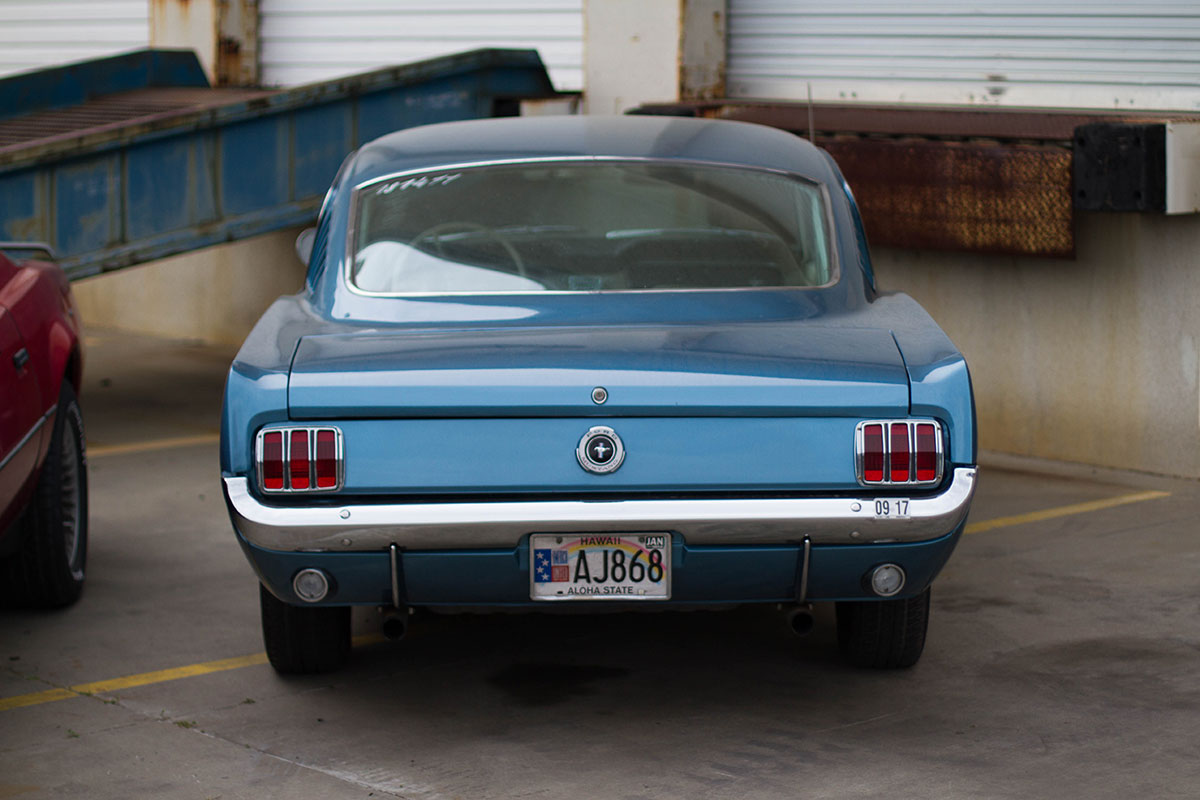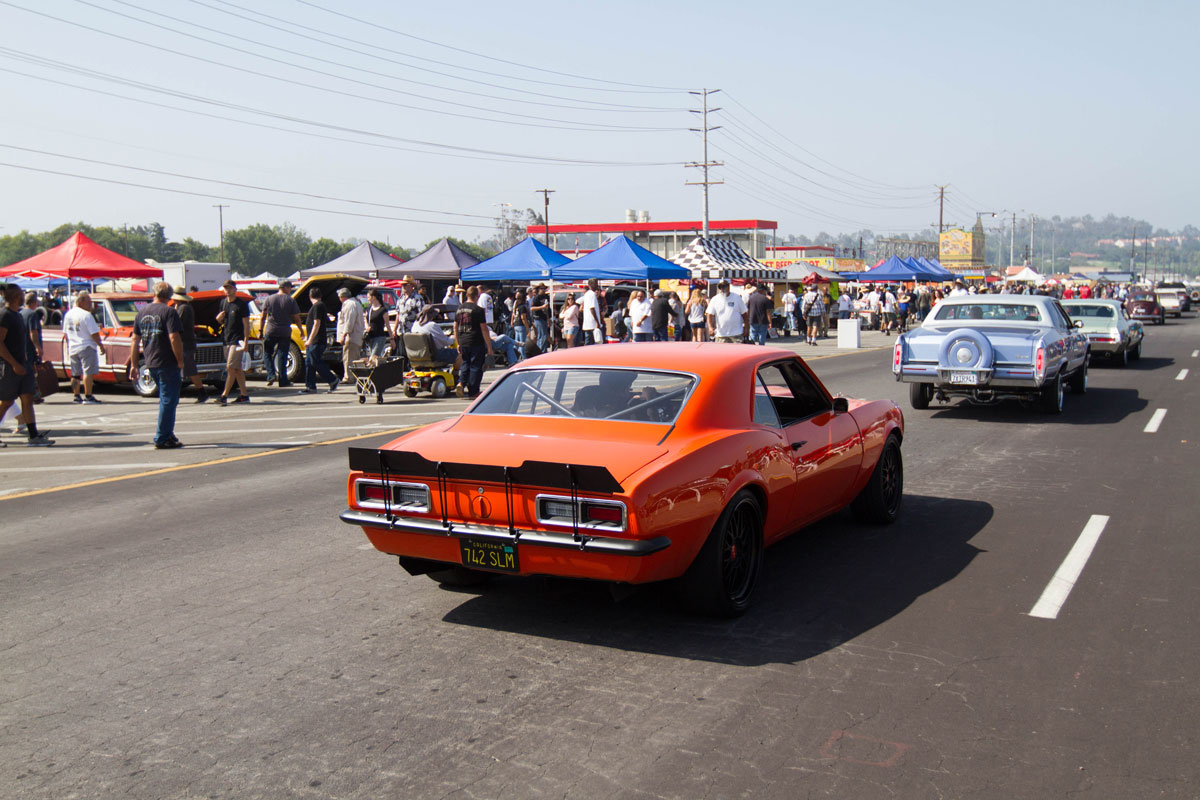Jaguar E-Type: The Classic Icon That Defined Automotive Elegance
The Jaguar E-Type, produced from 1961 to 1975, stands as a quintessential classic car that embodies the essence of automotive elegance. With its breathtaking design, impressive performance, and unmatched charisma, the E-Type has left an indelible mark on automotive history. Let us explore why the Jaguar E-Type became a timeless classic, revered by enthusiasts and celebrated as an icon of automotive excellence.
Striking Design:
One of the primary reasons behind the Jaguar E-Type's classic status is its jaw-dropping design. Penned by Sir William Lyons and Malcolm Sayer, the E-Type's long, curvaceous hood, sleek profile, and sensuous lines create a captivating silhouette that still turns heads today. Its timeless design elements, such as the distinctive oval grille, curved glass, and flowing rear end, showcase a perfect blend of beauty and aerodynamic efficiency. The E-Type's design is widely regarded as one of the most iconic and beautiful in automotive history.
Unmatched Performance:
The Jaguar E-Type's performance capabilities matched its breathtaking looks. Equipped with powerful inline-six engines, the E-Type delivered impressive speed and acceleration. Its agile handling, responsive steering, and refined suspension system provided an exhilarating driving experience. The E-Type's performance prowess was further highlighted by its success in motorsports, including multiple wins at the 24 Hours of Le Mans, solidifying its reputation as a true sports car.
Technological Advancements:
During its production run, the Jaguar E-Type introduced several technological advancements that further enhanced its appeal. It was one of the first production cars to feature four-wheel disc brakes, offering superior stopping power. Other notable advancements included independent rear suspension, rack-and-pinion steering, and monocoque construction, all of which contributed to its exceptional handling and ride comfort. The E-Type showcased Jaguar's commitment to pushing boundaries and incorporating cutting-edge technology.
Cultural Impact:
The Jaguar E-Type's cultural impact cannot be overstated. It captured the spirit of the 1960s and became a symbol of style, sophistication, and luxury. Celebrities, including musicians, actors, and even royalty, were captivated by the E-Type's allure. Its appearances in popular films, such as the iconic opening scene of "The Italian Job," solidified its status as a cultural icon. The E-Type's presence on the road was a statement of individuality and taste, making it a cherished classic in popular culture.
Rarity and Collectability:
The limited production numbers of the Jaguar E-Type have contributed to its desirability and collectability. With various body styles, including coupes and convertibles, the E-Type offered a range of options to suit different preferences. As the years passed, the scarcity of well-preserved E-Types has increased their value and collectability. Owning an E-Type is seen as owning a piece of automotive history, and enthusiasts avidly seek out these coveted classics.
Conclusion:
The Jaguar E-Type's striking design, unmatched performance, technological advancements, cultural impact, and rarity have established it as a true classic in automotive history. Its timeless beauty continues to inspire and evoke admiration, while its performance capabilities and technological innovations have left an indelible mark on the sports car segment. The Jaguar E-Type's enduring appeal is a testament to the vision and craftsmanship of its creators, ensuring that it will forever be celebrated as an icon of automotive elegance and a treasured classic among enthusiasts.
You May Also Like
These Related Stories

How To Import You Car To The EU Tax Free

DMV Registration fees when exporting your car overseas

-093789-edited.png?width=220&height=79&name=wcs_final_logo_(1)-093789-edited.png)